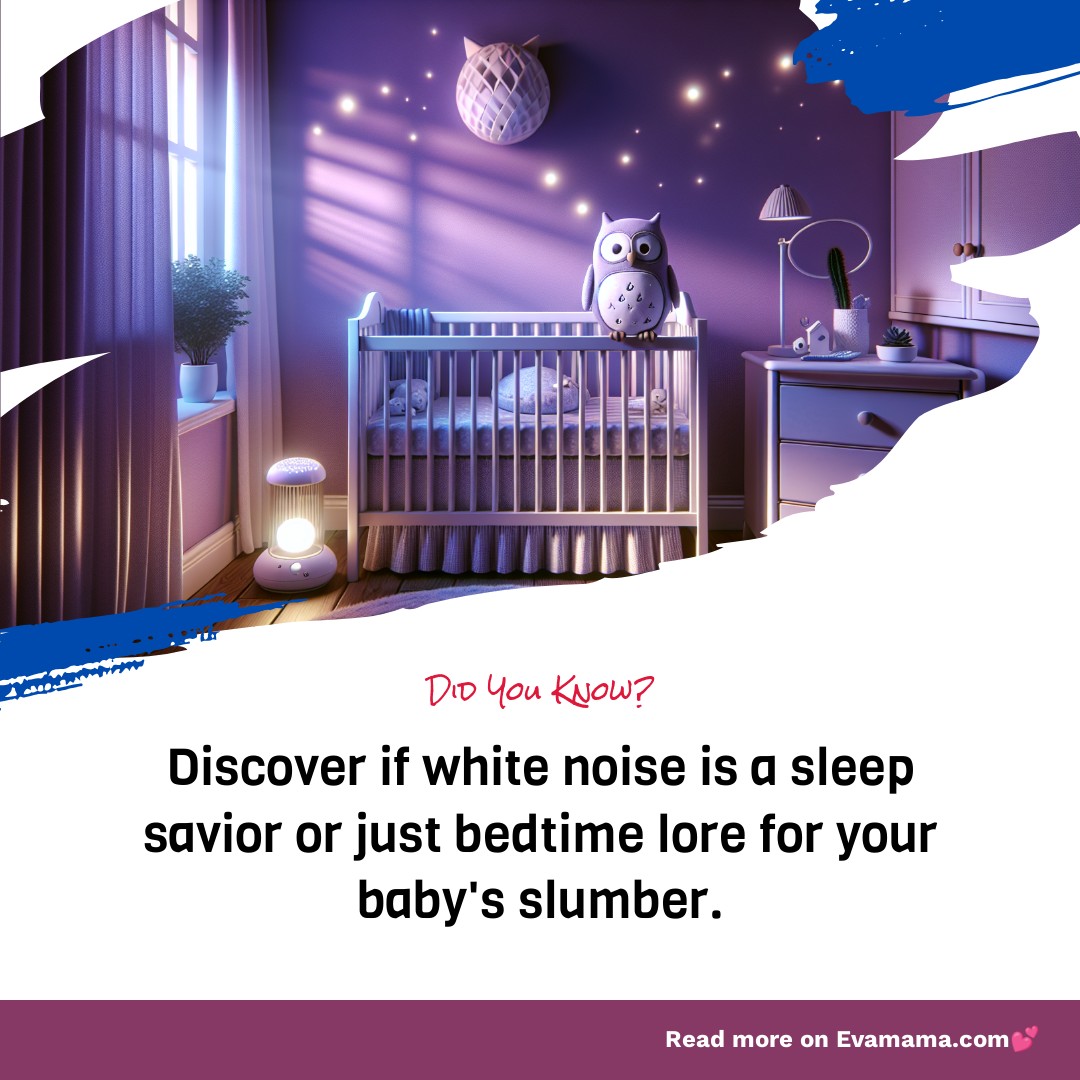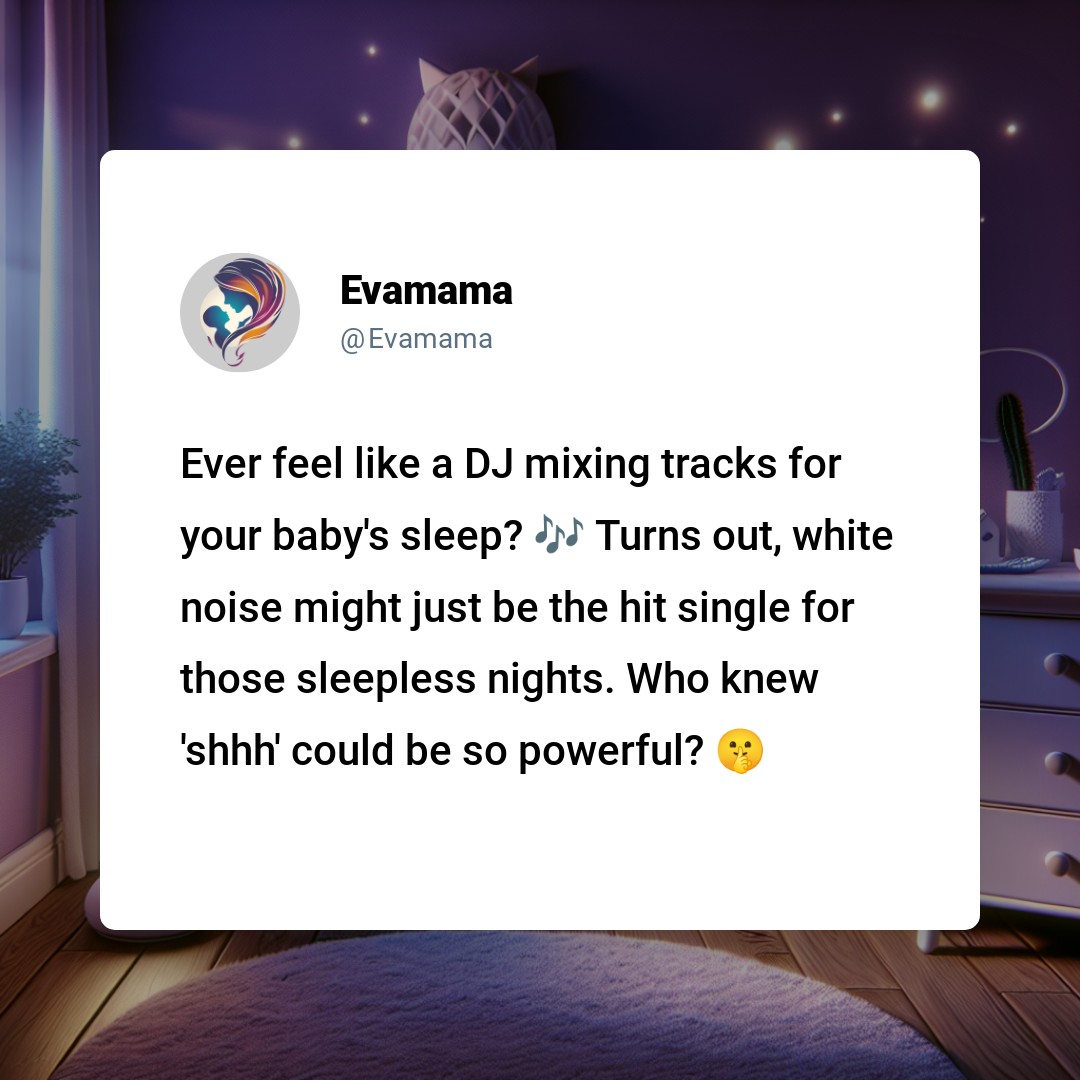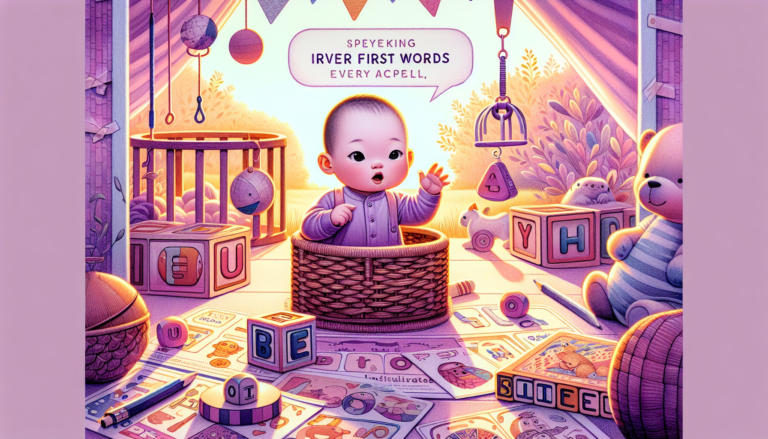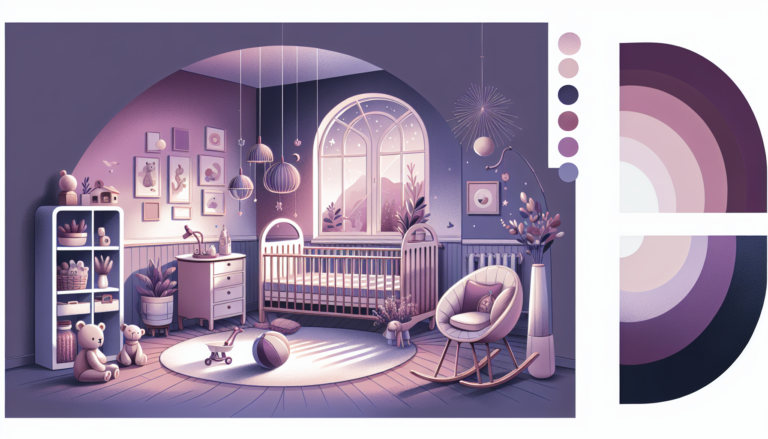White Noise and Infant Sleep: Unveiling Myths for Moms
Does White Noise Benefit Infant Sleep?
Yes, white noise can be a game-changer for infant sleep. Imagine it’s 3 a.m., and you’re pacing the floor with a baby who just won’t settle. It’s a scene all too familiar, and the promise of a peaceful night’s sleep feels like a distant dream.
In the hushed whispers of the night, a soft, steady hum begins to work its magic. As a parent who’s navigated the sleepless seas, I’ve seen firsthand how the gentle cloak of white noise can soothe a restless infant into slumber.
Let’s explore the lullabies of science and sift through the myths to uncover the comforting truths about white noise and your baby’s sleep. Together, we’ll find the answers that resonate with the rhythm of your family’s needs.

White noise has become a popular tool for parents looking to improve their infants’ sleep. But what does the science say? Let’s dive into the research and debunk some common myths about white noise and infant sleep.
The Science of White Noise: More Than Just a Buzz
White noise isn’t just a steady hum—it’s a consistent sound that can mask other noises which might disturb a sleeping baby. Studies suggest that white noise may help infants fall asleep faster. It’s akin to the sounds they heard in the womb, which can be comforting and signal it’s time for sleep.
Addressing the Myths: Dependency and Hearing Concerns
You might worry that your baby could become dependent on white noise or that it could affect their hearing. Research indicates that when used properly, white noise machines are safe and do not cause dependency or hearing issues. The key is moderation and proper usage.
Creating a Comfortable Sleep Environment
Imagine a gentle, soothing ambiance that envelops your baby in a cocoon of calm. White noise can create this environment by drowning out the jarring or unpredictable sounds of the household or street, allowing your baby to remain peacefully asleep.
Volume and Placement: Ensuring Safety
When using a white noise machine, it’s key to keep the volume down. Experts recommend setting it to a soft level, similar to a running shower, and placing it at least seven feet away from your baby’s crib. This ensures the sound is a gentle backdrop, not an overwhelming presence.
The Truth About White Noise and Sleep Quality
Contrary to some beliefs, white noise doesn’t just help babies fall asleep—it can also improve sleep quality. By providing a consistent auditory backdrop, it reduces the chances of sleep disturbances, helping your little one stay asleep longer.
Practical Tips for Using White Noise Machines
To get the most out of a white noise machine, consider the following tips:
- Use it as part of a bedtime routine to signal it’s time to sleep.
- Choose a machine with a timer so it doesn’t run all night.
- Opt for a machine with adjustable volume to find the perfect level for your baby.
White Noise: A Tool, Not a Miracle Cure
While white noise can be incredibly helpful, it’s important to It’s just one tool in your parenting toolkit. It works best when combined with other sleep practices, like a consistent bedtime routine and a dark, cool sleep environment.
The Verdict on White Noise and Infant Sleep
Table: White Noise Machine Safety Checklist
| Do’s | Don’ts |
|---|---|
| Keep volume low | Place it too close to the crib |
| Use as part of a routine | Let it run all night |
| Place it at least seven feet away | Rely on it exclusively for sleep |
By understanding the role of white noise in infant sleep and using it wisely, you can help your baby get the rest they need. And when your baby sleeps better, you can enjoy a little more rest too.
How to Integrate White Noise into Your Baby’s Sleep Routine

The Myths and Truths of White Noise for Babies
You’ve probably heard a lot about white noise for babies. Some say it’s a miracle solution for sleep troubles, while others warn it could become a crutch. Let’s set the record straight. White noise isn’t a one-size-fits-all fix, but it can be a valuable part of your baby’s sleep routine. It’s not about replacing the need for a dark, quiet room, but about enhancing it.
Creating a Womb-like Atmosphere with White Noise
White Noise: A Tool, Not a Solution
Think of white noise as a tool in your parenting toolkit. It’s not the only thing you’ll need, but it’s helpful. Combine it with other sleep techniques like swaddling and a cool, dark room. This multi-faceted approach helps create the perfect environment for sleep, with white noise as one piece of the puzzle.
The Right Way to Use White Noise
Start by choosing a white noise machine with a variety of sounds. You’ll want to find one that’s not too loud; think gentle rain, not a thunderstorm. Place it across the room from the crib, not right next to your baby’s head. Use it consistently as part of your bedtime routine, so your baby associates the sound with sleep.
Adjusting White Noise as Your Baby Grows
As your baby gets older, you’ll adjust their sleep routine. The same goes for white noise. You might find that a softer volume works better or that a different sound is more soothing. Pay attention to your baby’s cues and be flexible. White noise can grow with your child, providing comfort for years to come.
Combining White Noise with Other Settling Techniques
White noise works best when paired with other settling techniques. Swaddle your baby snugly, make sure the room is dark with blackout curtains, and keep the temperature comfortable. These elements, along with the gentle hum of white noise, create a sanctuary conducive to sleep.
Table: Integrating White Noise into Sleep Routines
| Age Group | White Noise Tips | Additional Sleep Techniques |
|---|---|---|
| 0-3 months | Soft, womb-like sounds | Swaddling, dark room |
| 3-6 months | Experiment with volumes | Establishing a bedtime routine |
| 6-12 months | Introduce variety in sounds | Consistent nap times |
| 12+ months | Adjust as needed for comfort | Transition from swaddling |
The Importance of Consistency
Consistency is key. Use white noise every time your baby sleeps. This repetition helps your baby understand that it’s time to rest. It’s not about instant results; it’s about building a routine that your baby can rely on.
When to Turn Off the White Noise
You might wonder if white noise should play all night. It doesn’t have to. Consider using a machine with a timer that turns off after your baby falls asleep. Or, if your baby wakes up in the night, use the white noise to help them settle back down.
Monitoring Your Baby’s Response to White Noise
Pay close attention to how your baby responds to white noise. If they seem more agitated or have trouble sleeping, it might not be the right fit. Every baby is different, and what works for one might not work for another. It’s all about finding the right balance for your little one.
The Role of White Noise in Infant Sleep: Myths and Truths
To run faster, you have to train. To help your baby sleep better, you need to create the right environment. White noise is a part of that, but it’s not the whole story. It’s a comforting, familiar sound that, when used correctly, can enhance your baby’s sleep routine. And so, it’s a tool, not a cure-all, and it works best when combined with other sleep strategies. Keep experimenting and stay attuned to your baby’s needs, and you’ll find the perfect symphony for sleep.







